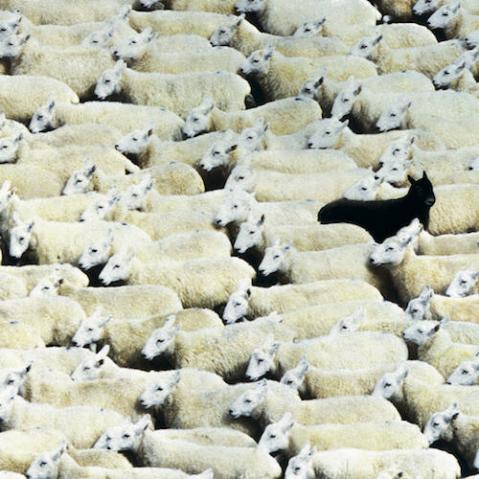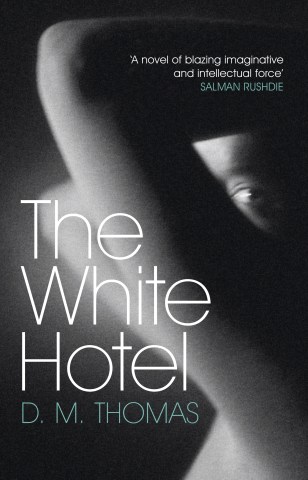Photographing in the fog
Here in the northern hemisphere the season of mists and mellow fruitfulness is upon us, and many of us are waking to fog-wrapped mornings. Weather extremes can present photographers with wonderful opportunities for strong imagery, but also particular challenges, so how does one rise to the issue of fog?

Apart from the general admonishment to take the necessary precautions to protect your kit from condensation and a reminder that the cold weather will drain your batteries faster than normal. It’s advisable to keep a spare battery warm inside your jacket and periodically switch it out with the one in use to extend the life of both batteries.
Thick mist or fog swathes a scene in vapour particles that scatter the light and act like a ground-level diffuser cloud. Like most weather extremes, these conditions are usually fleeting—particularly the mist formed overnight by still air cooling over wet ground, which quickly evaporates in the morning sun.
Fortunately, you needn’t worry too much about exposure, as these scenes are typically low in contrast and easily captured by the sensor. Indeed, you even have some wiggle room—exposing for the whites of the fog will make it glow and appear luminescent, while less exposure will deliver gloomy, eerie results. Shooting through mist introduces a strong element of depth into your image, with objects gradually appearing paler and less detailed the farther they are from the camera. To get subjects in sharp focus, you must be physically close to them—shooting across a distance with a telephoto lens introduces too much atmospheric haze for crisp results.
Learn to “read” light in this complete course on the building blocks of photography. Michael Freeman teaches not only how to see the subtle nuances of light and shade, but also how your camera views and records them, to make sure you approach each scene with the optimal settings and appropriate technical know-how.
 Photo School: Light and Lighting
Photo School: Light and Lighting
Michael Freeman and Catherine Quinn
Buy it now!




